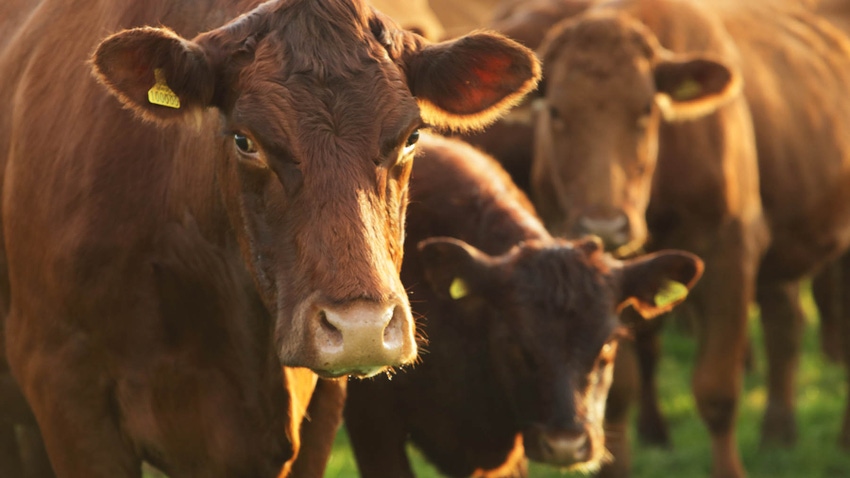
Beef cow slaughter this year has improved considerably compared to a year ago. Through 33 weeks, beef cow slaughter totals 2.164 million head, or 14 percent lower year over year. Keep in mind that 2022 was the highest beef cow slaughter total in absolute terms since 1996. Compared to 2021, beef cow slaughter is still down, but only by 2 percent. Improved pasture and range conditions in the Western U.S. and some areas in the Southern Plains have helped moderate beef cow slaughter.
 Regionally, some areas are still being impacted by drought conditions, which is reflected in the regional slaughter data. Through 33 weeks, beef cow slaughter in Region 7 totals 525 thousand, down 1 percent compared to 2022 but 33 percent higher compared to 2021. Beef cow slaughter in Region 6 is 20 percent lower than in 2022 but 5 percent above 2021 slaughter. In the Southeast (Region 4), beef cow slaughter is still 11 percent above the rate from two years ago. As drought conditions have improved in a region, so has the rate of beef cow slaughter.
Regionally, some areas are still being impacted by drought conditions, which is reflected in the regional slaughter data. Through 33 weeks, beef cow slaughter in Region 7 totals 525 thousand, down 1 percent compared to 2022 but 33 percent higher compared to 2021. Beef cow slaughter in Region 6 is 20 percent lower than in 2022 but 5 percent above 2021 slaughter. In the Southeast (Region 4), beef cow slaughter is still 11 percent above the rate from two years ago. As drought conditions have improved in a region, so has the rate of beef cow slaughter.
 Heifer slaughter has also improved this year, but not enough to signal herd expansion. Currently, weekly heifer slaughter is running below 2022. Again, 2022 was an extreme year, with heifer slaughter reaching its highest total since 2004. Year-to-date, heifer slaughter is 6.39 million head, 1.4 percent below 2022 but 3.0 percent higher than 2021.
Heifer slaughter has also improved this year, but not enough to signal herd expansion. Currently, weekly heifer slaughter is running below 2022. Again, 2022 was an extreme year, with heifer slaughter reaching its highest total since 2004. Year-to-date, heifer slaughter is 6.39 million head, 1.4 percent below 2022 but 3.0 percent higher than 2021.
 The point is that beef cow and heifer slaughter has moderated as drought conditions have improved. There are still some big cow states that are being heavily impacted by the effects of drought. Texas and Missouri are an example. It seems that since 2021, the drought map has just shifted farther east, with the Midwest currently experiencing some of the more severe impacts of drought.
The point is that beef cow and heifer slaughter has moderated as drought conditions have improved. There are still some big cow states that are being heavily impacted by the effects of drought. Texas and Missouri are an example. It seems that since 2021, the drought map has just shifted farther east, with the Midwest currently experiencing some of the more severe impacts of drought.
About the Author(s)
You May Also Like




